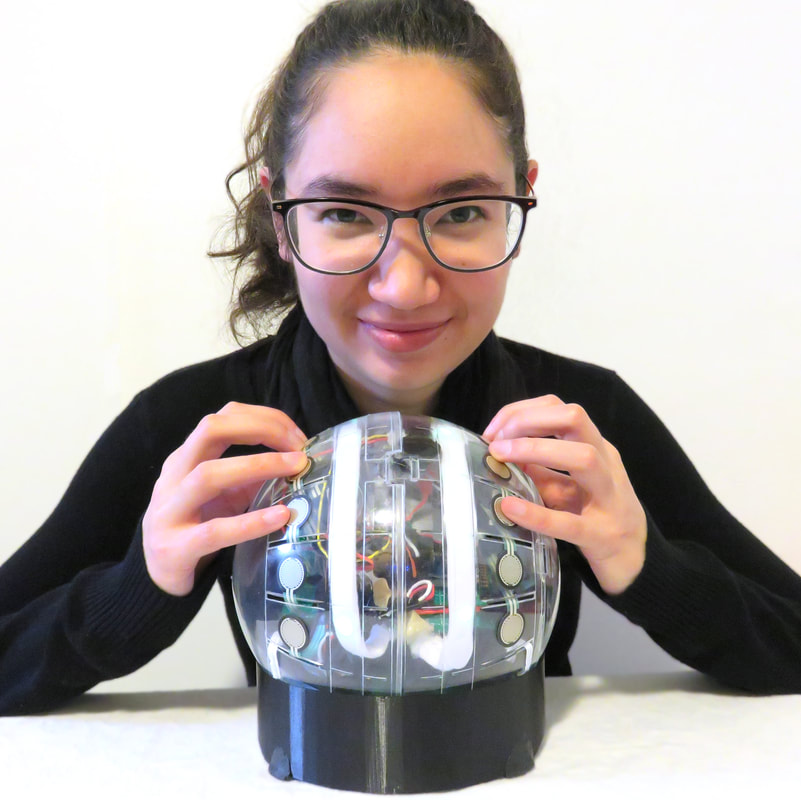|
I've been trying to come up with pieces for the GLOBE. My advisor said that I should focus on two contrasting ones and that they don't need to be too complicated; they just need to be able to demonstraight concepts very clearly.
A week or so ago I put together a patch to show off what it can do and roll the ball around on the floor for fun. I did it very quickly and I'm not much of a fan of the patch. So I'm starting over. I turned the colour detection part of the patch into a bpatcher because I know I would use it a lot and it's possible to use it for anything that outputs RGB data. I initially thought of doing one piece per playing technique that I came up with, for a total of four pieces. But that's too much. So I'm going to do one piece with the ball being constrained to its original hamster ball stand. This one will only use the accelerometer and the FSRs, it is mostly 1-to-1 mapping with little automation, and it will only use synths and possible MIDI. The other piece will have playing the ball on its 3D printed stand, picking it up, and rolling it on the ground. The sounds will be from recordings and possibly physical modelling. So far I've worked really hard on the accelerometer for the hamster ball stand piece. I mapped it to a droning synth that's made up of adding many together that are slightly detuned. They are sine, sawtooth, and rectangle waves. The position of the ball when it's spinning controls the cutoff of the filter, and the amplitude of each of the individual synths. The speed of which it spins controls the height of the Q on the filter. Other parameters are automated. Edit: I mapped half of the FSRs to a polyphonic Karplus Strong. And I can play chords with it! It sounds so soothing. The other half of the FSRs changes the pitch of the drone. The accelerometer also changes the filter on the Karplus strong.
0 Comments
Leave a Reply. |
Welcome!If you are looking for a summary for my Masters thesis, it is here. Archives
November 2022
Categories |
 RSS Feed
RSS Feed

